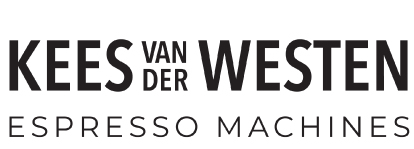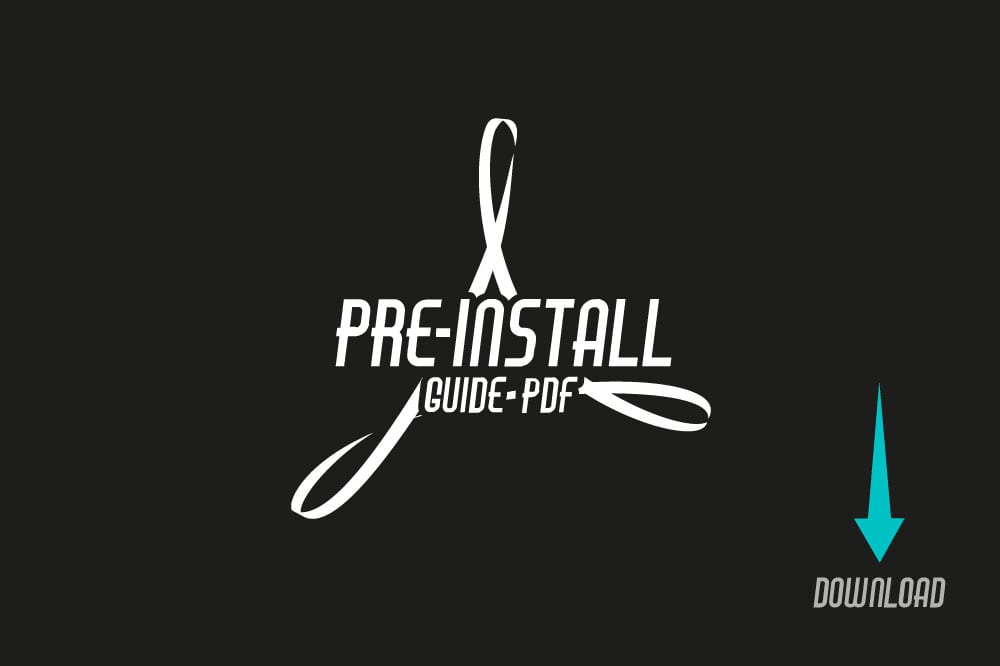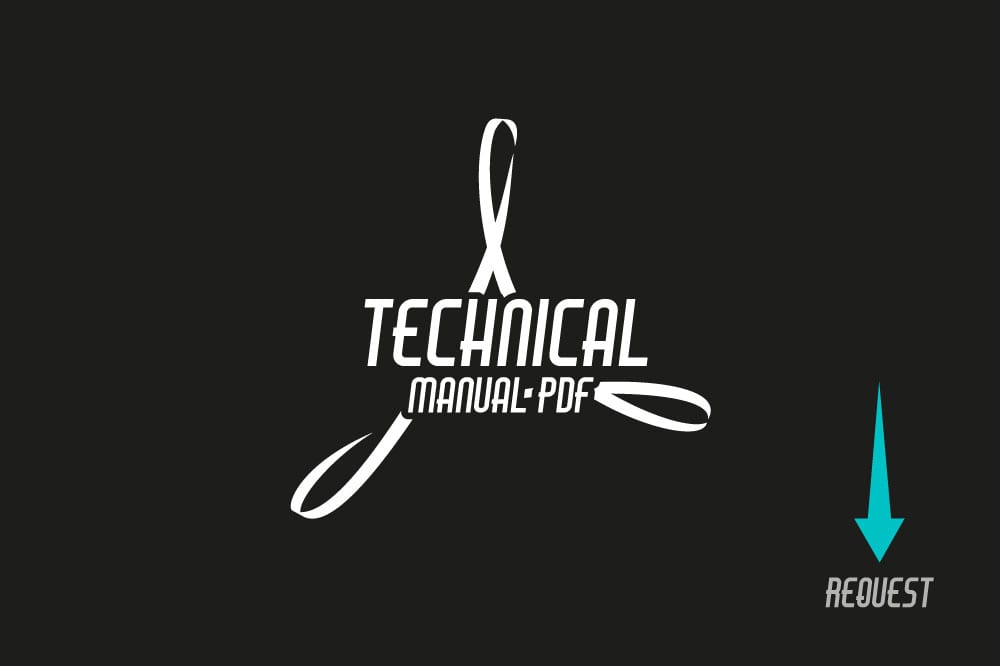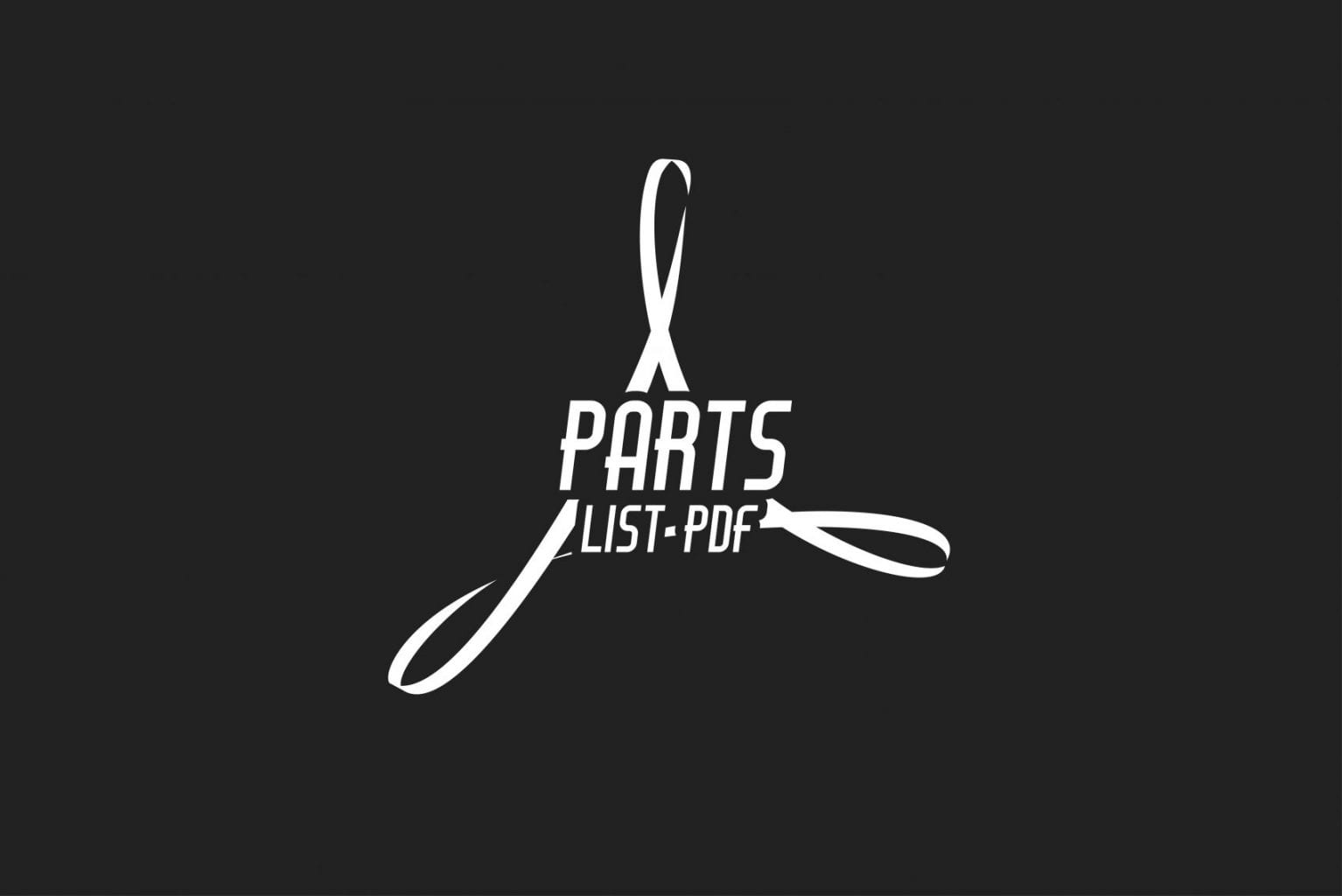The Speedster features a dual boiler setup made from high-grade 316L stainless steel, with a 3.5 L steam boiler and a 2.1 L coffee boiler. Each boiler operates independently with its own electronic temperature controller, heating element, and integrated safety systems—ensuring exceptional temperature stability for consistent performance.
The Speedster, shaped by espresso in stylish steel.
Commercial-grade single-group espresso machine providing extreme precision and super smooth pre-infusion with maximum control, all in a speedy package.
DUAL BOILER
PRE-INFUSION
Slow infusion process without pump and two phase stepless progressive pre-infusion cylinder, preventing channelling and allowing a higher yield in the cup. Optional Idro-Matic, our iconic adjustable pre-infusion cylinder.
HOT WATER
Two hot water temperatures under one switch: pulling toggle switch up gives boiling hot water, toggle down supplies a mix of cold and hot water. Temperature of the mix-water can be easily adjusted.
INTUITIVE OPERATION
The machine is designed for effortless control, featuring an intuitive gear lever, shot timer, pressure gauge, and PID controller—all positioned for clear visibility.
The height-adjustable drip tray ensures flexibility for different cup sizes, while optional enhancements like the unique foot-activated steam valve and Idro-Matic system offer even greater ease of use and precision.

COFFEE BOILER
The coffee boiler, complete with the group, is one large piece of 2.1Ltr capacity with a 900Watt heating element.
LEVER
The lever mid-way offers manually controlled pre-infusion by mains water pressure, pump not activated.
DRIP TRAY
The drip tray is adjustable in height.
PID
The temperature in the boilers is controlled by a PID; a self-learning device that keeps the temperature very stable.
STEAM WAND
The steam valve has a large knob (optionally a flip-flop lever), stainless steel wand and a steam tip with four holes in fan-shape, each with a diameter of 1.2mm.
TECHNICAL DRAWINGS

DIMENSIONS
Approximate dimensions and footprints of the Speedster are shown in the illustrations.
WEIGHT
The countertop should provide a solid base to carry the full weight of the machine: roughly 45kg.
NOTES
Water supply from a water treatment system should be within 1.5m (5ft) of the machine. The water supply hose that comes with the machine has a half ball at the end of the 3/8″ nut connector. Discharge should not be further away than 1.5m, have an internal diameter of at least 25mm (1″) and should be fitted with a trap. There must be space nearby to locate the water pump with its electrical motor.
SHIPPING CRATES
Download an overview of the shipping crate dimensions and weight by clicking here.
SPECIFICATIONS & FEATURES
Specifications
| Speedster | ||||
| Coffee Boiler | 2.1 ltr water | 316L stainless steel | |||
| Steam Boiler | 3.5 ltr water | 316L stainless steel | |||
| Pump + motor | External rotary pump 300W motor | |||
| Tension | 220-240 V | |||
| Frequency | 50/60 Hz | |||
| # Phase | 1-phase with neutral (or 2 phase without) | |||
| Power setting | normal | reduced | ||
| Peak power (@230V) | 3100 W | 2200 W | ||
| Peak current (@230V) | 13.5 A | 9.6 A | ||
DOUBLE BOILER SYSTEM
The Speedster is equipped with two separately functioning boilers: one large steam boiler to produce steam, hot water and pre-heating brew water and one coffee boiler with group to heat water to brew coffee. Each boiler has its own electronic temperature controller system, heating element and safety devices, offering extremely precise temperature stability.
STEAM BOILER
The rear steam boiler has a total capacity of 3.5 litre. It is made entirely in 316L stainless steel. Wall of boiler is 2mm thick, the flanges are 6mm. An electronic temperature controller gets its information through a very precise and fast reacting probe, located in the steam and activates the heating element via solid state relays.
The display is installed at the front of the machine. It is easy to adjust and offers an Eco mode for longer periods of idle, dropping temperature to 70 °C. The heating elements provide a powerful 1.800Watt. This is divided over two spirals of 900Watt each, mounted on one flange. There are no moving parts in the heating system.
COFFEE BOILER
The coffee boiler, complete with the group, is one large piece of 2.1Ltr capacity with a 900Watt heating element, controlled by a PID system. This saturated set-up ensures a highly precise temperature. Cold water first runs through a heat-exchanger inside the steam boiler with hot-cold cross-flow system, to be pre-heated to near coffee boiler temperature, before entering the coffee boiler. Entering the coffee boiler the water first travels through an internal tube over the entire length of the boiler to adjust rapidly to the temperature of the coffee water boiler. This too is made entirely in 316L stainless steel with all welding done both inside and outside, no crevices to start corrosion.
The temperature of the coffee water is measured and controlled by a highly sensitive probe connected to a PID (proportional-integral-derivative) controller. An intelligent system, responding ahead, managing the 900Watt heating element by pulses through a solid state relay. There is no moving part in the entire heating and controlling system. This set-up ensures an extremely fast reacting system as well as a very reliable one. The water temperature can easily be changed by a button at the front of the machine. It is adjustable to 0.1 °C.
The controller offers an Eco mode, dropping temperature to 50 °C during longer periods of idle
GROUP
The group screen is held in place by the surrounding group gasket, providing a perfect seal to prevent any coffee grounds to reach the internals of the group. The screen base is extra thick to prevent distortion, with more perforations and covered by a membrane, not a woven mesh.
The rubber ring sits against a small downward ridge on the group bottom. This ridge is pushed into the rubber ring, each time the filter holder is inserted. Full sealing is easily achieved without the need to pull the filter holder in firmly.
STEAM AND HOT WATER
The steam valve has a large knob (optionally a flip-flop lever), stainless steel wand and a steam tip with four holes in fan-shape, each with a diameter of 1.2mm.
Two different hot water temperatures can be supplied through one toggle switch. Inside the machine the hot water running from the steam boiler, is first directed through a mix manifold. On this manifold two solenoid valves are installed, one for hot, one for cold water. The amount of cold water flow is regulated by an adjustable restrictor. Pushing the toggle switch downwards activates both solenoid valves and the pump, resulting in a quiet flow of mixed water with a temperature below boiling point. When the toggle switch is pulled upwards, only the hot water solenoid is activated. This results in hot boiling water flowing directly from the boiler to the wand.
TEMPERATURE STABILITY
During the initial installation of the machine, it’s essential to bleed all air from the coffee boiler. Since air is compressible and water is not, trapped air can disrupt the system. Fortunately, the design ensures that air is automatically expelled during the first activation of the group lever. Water enters with force, pushing the air out through the pick-up tube located directly beneath the group cover—the system’s highest point where air naturally collects.
All water entering the coffee boiler is first pre-heated to near coffee boiler temperature. Once the heating system reaches the ideal brewing temperature, it’s critical to maintain that temperature all the way to the coffee grounds. Heated water expands and rises, initiating a natural thermo-syphon flow. In the Speedster machine, this flow circulates to the top of the group head, slightly cools, then descends through the neck to the boiler base. The group and neck are engineered with sufficient space, especially height, to allow both hot and cooler flows to circulate freely. A thermal “sweet spot” forms at the top of the group, just under the thick stainless steel and synthetic covers, offering maximum thermal stability.
The pick-up tube draws water from this sweet spot and directs it to a stainless steel three-way solenoid valve situated just above the boiler. This valve sits at a hot position and is made in stainless steel, being much less conductive than brass, all to prevent heat loss. From here, water travels through a second tube down to the bottom of the group. Both tubes run parallel within the water inside the group neck, adding further temperature stability.
The groups bottom sits below the water, so stays slightly cooler. To prevent heat loss at this point, a PEEK dispersion block extends through the plate, allowing water to bypass direct metal contact. This two-part block being heat-neutral, also resists coffee oil buildup so remains clean rather long and evenly distributes water over the group screen.
PRESSURE GAUGE
The pressure gauge is connected to the pre-infusion cylinder. This means that as long as the solenoid valve is closed there is an open connection to the group screen and the gauge will display 0 pressure. With group-valve active, the gauge displays the actual pressure on the coffee-bed, not the pump pressure. The barista can monitor exactly how infusion and extraction develop.
PRE-INFUSION
Pre-infusion is often undervalued, yet it plays a vital role in achieving a balanced and flavourful espresso. Even on machines with precise brew temperature control, effective pre-infusion is key to unlocking the full complexity of the coffee. It ensures the coffee bed is evenly wetted and swells gradually, minimizing channelling and reducing the risk of clogging by trapping fines early in the process. This stage also warms and softens the fats and oils in the grounds, enhancing aroma and flavour while increasing the yield of dissolved solids in the cup.
A well-designed pre-infusion system allows for finer grinding. Smaller particles provide more surface area, making it easier to extract desirable compounds. The brewing lever has three positions: fully up (off), mid-way (manual pre-infusion using mains pressure only), and fully down (activates the pump and begins full extraction). The mid-way lever position allows baristas to control infusion time and pressure manually.
A 0.6mm jet located between the group solenoid and group neck limits the maximum flow rate. When the solenoid opens, water flows gently through the coffee bed, saturating it with minimal pressure. Initial water volume fills empty spaces in the tube, dispersion block, and puck, leading to a slow, soft and complete saturation.
As water continues to flow, pressure builds slowly and is absorbed by a spring-loaded pre-infusion cylinder. This mechanism allows pressure to rise gradually, protecting puck integrity. The piston shaft extends visibly through the front panel during this stage, signalling progression. Once maximum spring compression is reached, full extraction pressure (9 bar) is applied.
As soon as the lever is moved, the steam boiler fill-up system is automatically de-activated to prevent any unnoticed fluctuation in brew-pressure.
SAFETY
The steam boiler uses two probes to monitor water levels. The lower probe sits just above the heating element. During initial set-up, the machine prevents power from reaching the heating elements until this probe detects water, ensuring they are safely submerged. When water is connected, the coffee boiler starts filling immediately. However, steam boiler filling requires electric power and the main switch to be turned on. This process guarantees that both boilers are at least partially filled before heating can begin, preventing dry activation of the elements.
In normal operation, if the steam boiler’s water level drops too low (i.e. restricted water supply), the temperature controllers shut down completely, turning off the displays. The fill solenoid and pump are triggered when the upper probe no longer detects water—provided the group valve is inactive. Once water reaches the operational level again, the system stops filling.
Each boiler has an electronic temperature controller with a set upper limit. When this is reached, no further signal is sent to the solid-state relay. For safety, each boiler includes an overheat cut-out switch. Additionally, the steam boiler has a safety valve, and the coffee boiler system features an expansion valve, with the group solenoid acting as a backup.
DOWNLOADS
For the correct version of downloads, check if your Speedster machine number has 7 digits or 8 digits.
The technical manual is available for all trained mechanics.
To request a copy, send an email to support@keesvanderwesten.com.
We kindly ask to include:
1. Your name (additional company name is welcome)
2. the serial number of the machine
DISCOVER MORE FEATURES
CONFIGURE YOUR SPEEDSTER TO SUIT YOUR NEEDS
On all our machines we offer the option to have the entire body work covered in a RAL colour. This colour is applied by powder coating, offering a long lasting, sturdy finish. With the Slim Jim the customisation possibilities don’t just end there, they are endless! Apart from the custom colour, different legs, different front panels and different cup rails we also offer some limited options on special request.
Please note, these photos show examples that we made on special request for customers. When we build your custom machine details may vary – and of course you can also make your own choices, and where possible we will build your own machine as you have envisioned it. It is not always possible for us to repeat exactly the same look twice, and due to the nature of the materials used there will be variations in colour and finish.
Your personal machine to pull espresso the easy way!
Design and detail in equal measure
Design and detail in equal measure
HANDCRAFTED IN THE NETHERLANDS
At Kees van der Westen, we quietly craft exceptional espresso machines for those who appreciate the art and science of making great coffee.
We spare no details when it comes to designing and engineering our machines. Down to the smallest parts we design for delight. Meaning we aim to bring joy to everyone involved in our espresso journey. From the knowledgeable distributor to the passionate barista and from the handy maintenance technician to the people standing in line ordering their coffee treat.







